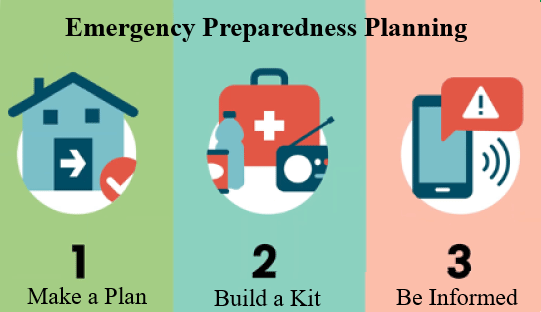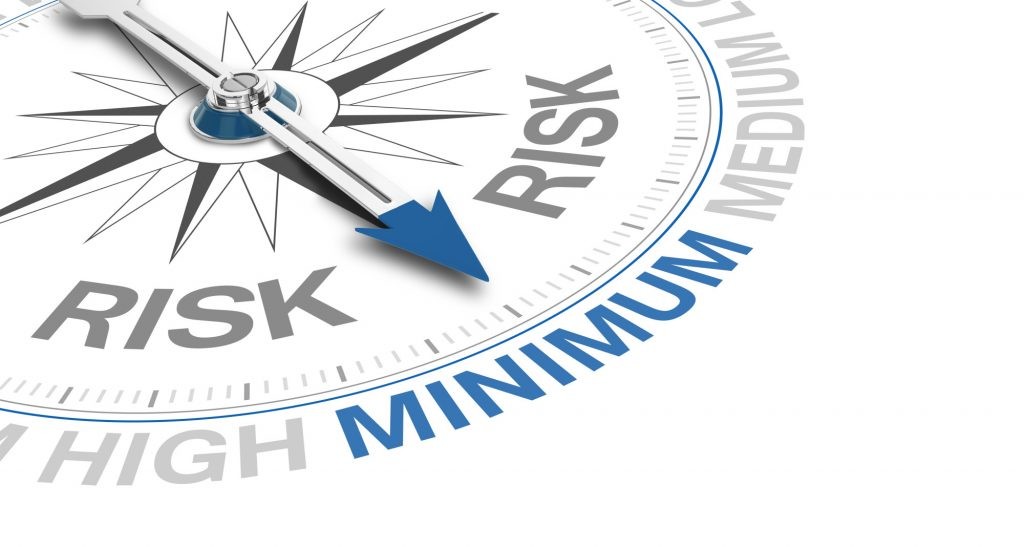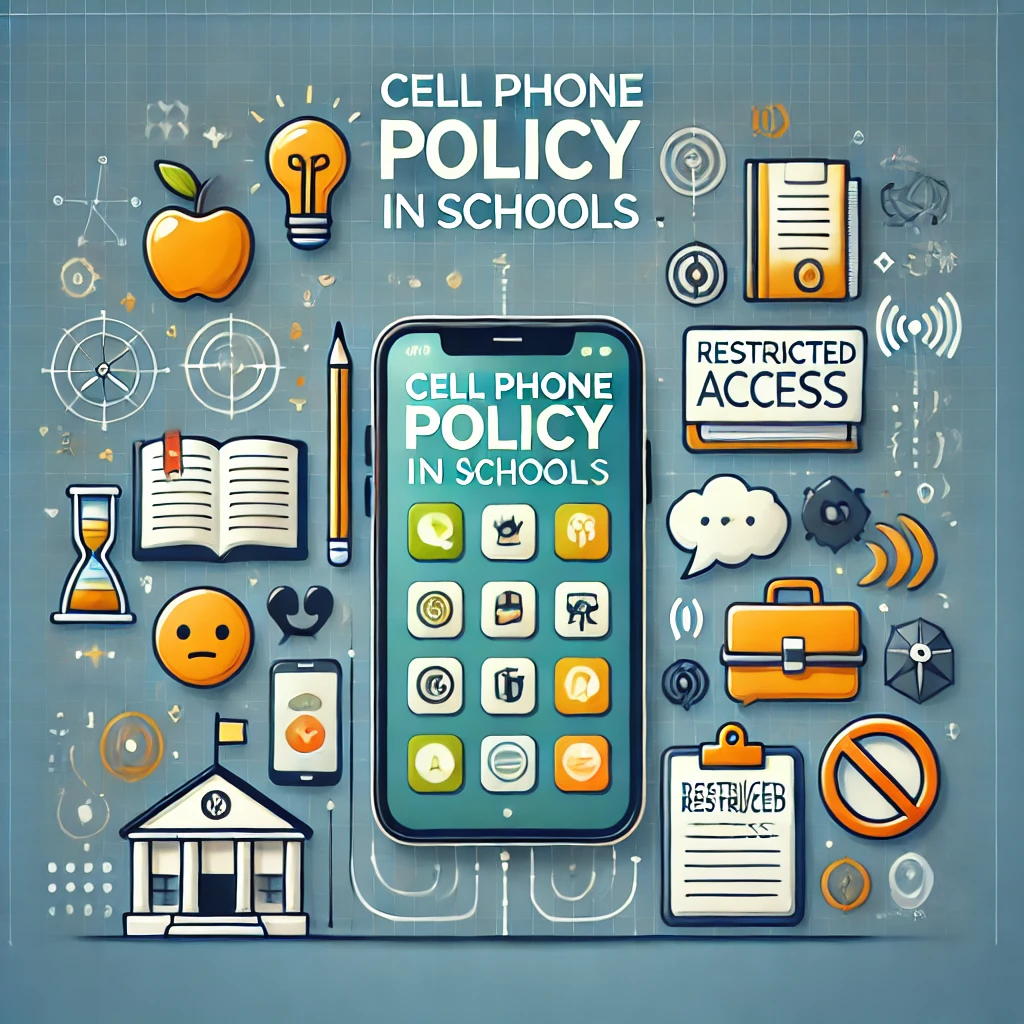Establishing
Effective E-Safety Policies in Schools
Introduction
In today's digital
age, schools must prioritize e-safety to protect students from online threats.
Establishing a comprehensive e-safety policy ensures a secure learning
environment while promoting responsible digital behavior. A well-structured
policy addresses cyberbullying, online privacy, inappropriate content, and
digital literacy, equipping students with the knowledge to navigate the online
world safely.
Understanding the Importance of E-Safety Policies
E-safety policies
serve as a guideline for responsible technology use in educational
institutions. These policies help schools mitigate risks associated with online
activities, including exposure to harmful content, cyber threats, and digital
misconduct. By implementing a structured policy, schools can foster a culture
of digital responsibility among students and staff.
Key Components of an Effective E-Safety Policy
- Education and Awareness:
- Conduct
regular training sessions for students, teachers, and parents on online
safety and cyber threats.
- Develop a
curriculum that incorporates digital literacy, cyber ethics, and
responsible internet usage.
- Clear Rules and Guidelines:
- Define
acceptable and unacceptable online behavior for students and staff.
- Establish
strict policies regarding social media usage, online communication, and
personal data sharing.
- Monitoring and Tracking Internet
Usage:
- Use advanced
software to monitor students' online activities within the school
network.
- Set up
firewalls and filtering mechanisms to block access to inappropriate
content.
- Consequences for Violations:
- Implement a
tiered system of disciplinary actions for students who violate e-safety
policies.
- Encourage
restorative practices that educate students on the consequences of their
actions.
- Encouraging Reporting:
- Create an
anonymous reporting system for students to report cyberbullying or online
safety concerns.
- Train staff to
handle e-safety incidents efficiently and provide appropriate support to
victims.
Implementing the E-Safety Policy
- Establish an e-safety committee
comprising school leaders, teachers, parents, and students.
- Conduct periodic policy reviews
to adapt to evolving digital threats and technological advancements.
- Engage parents in discussions
about digital safety and responsible online behavior at home.
A robust e-safety
policy not only protects students but also empowers them to be responsible
digital citizens. Schools must stay proactive by continuously updating their
policies, educating stakeholders, and creating a safe online environment for
learning and growth.







































